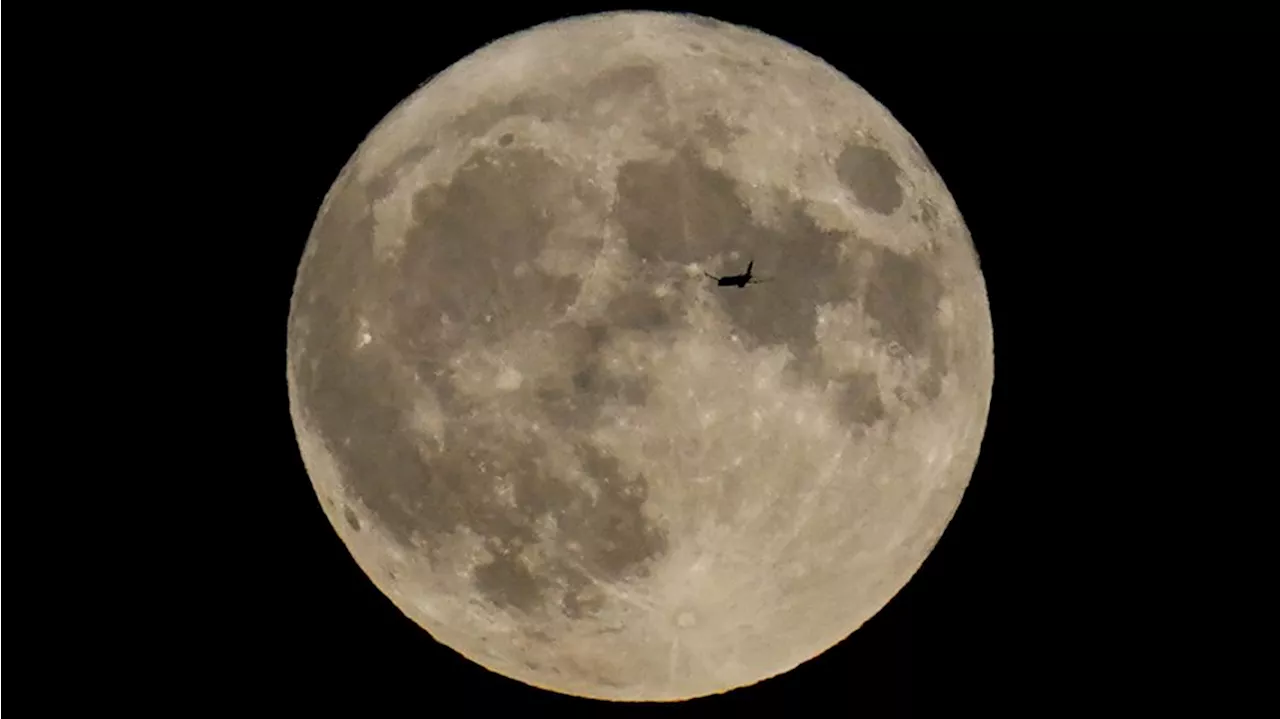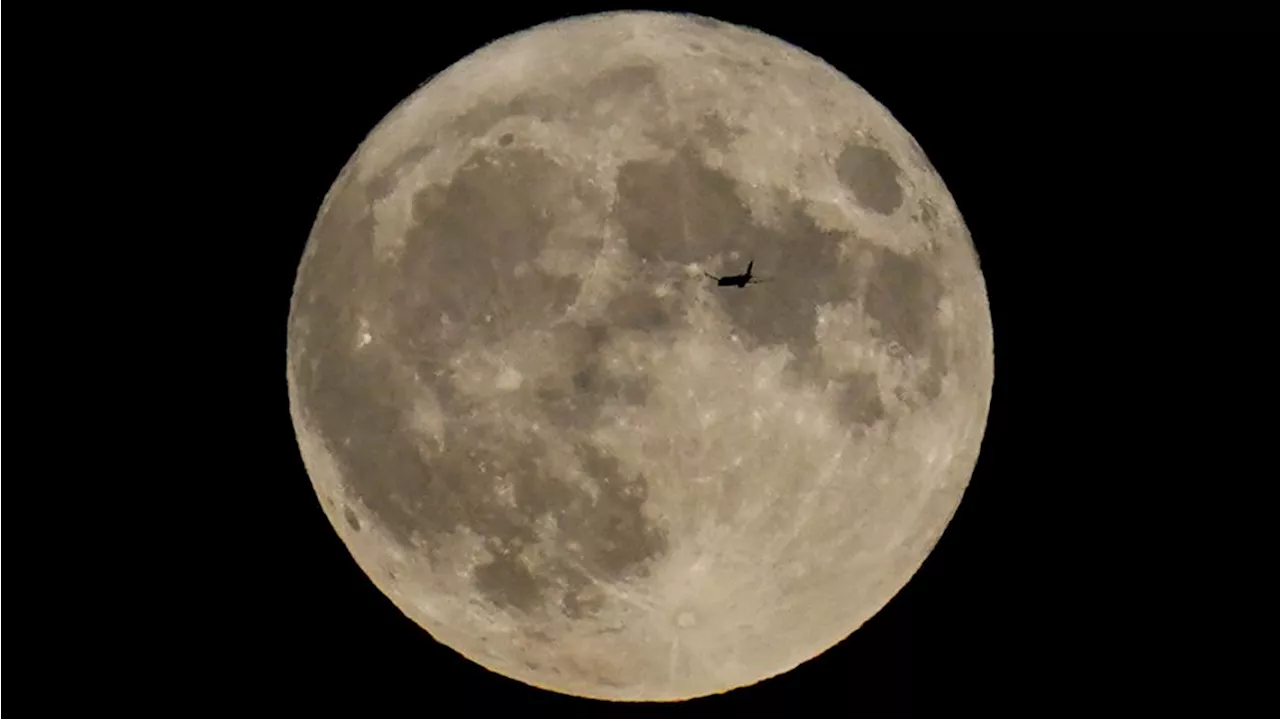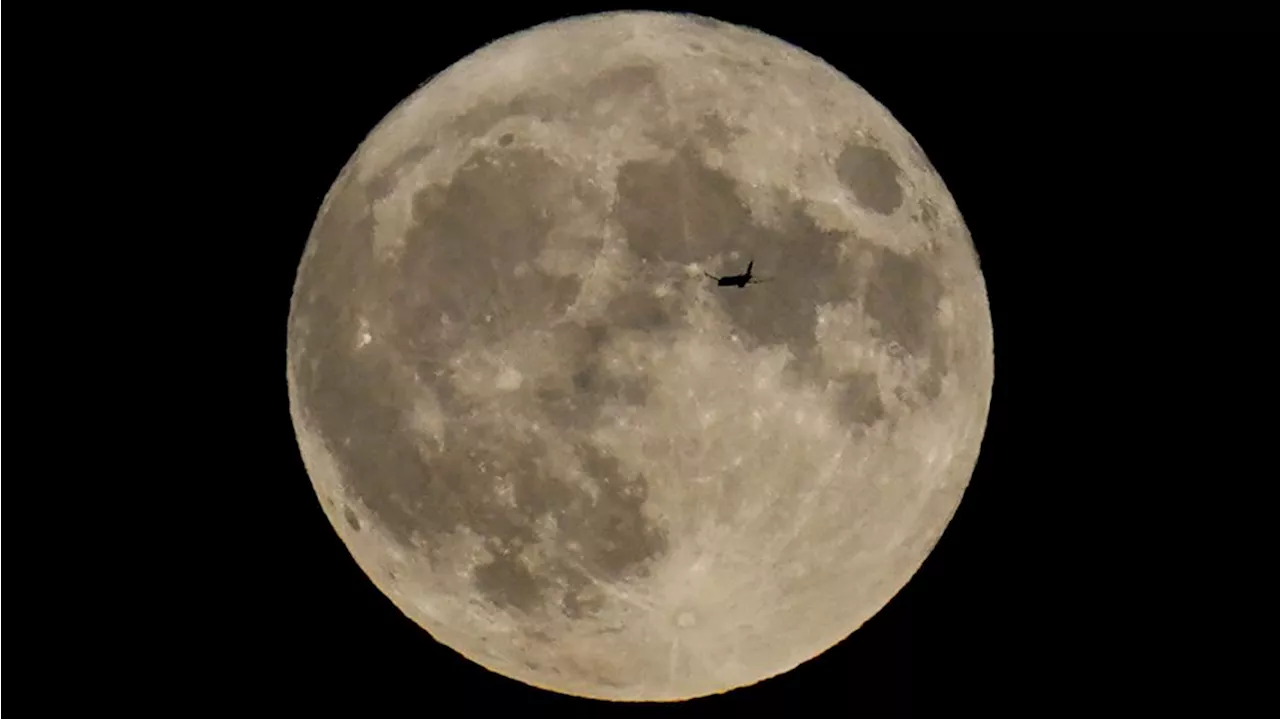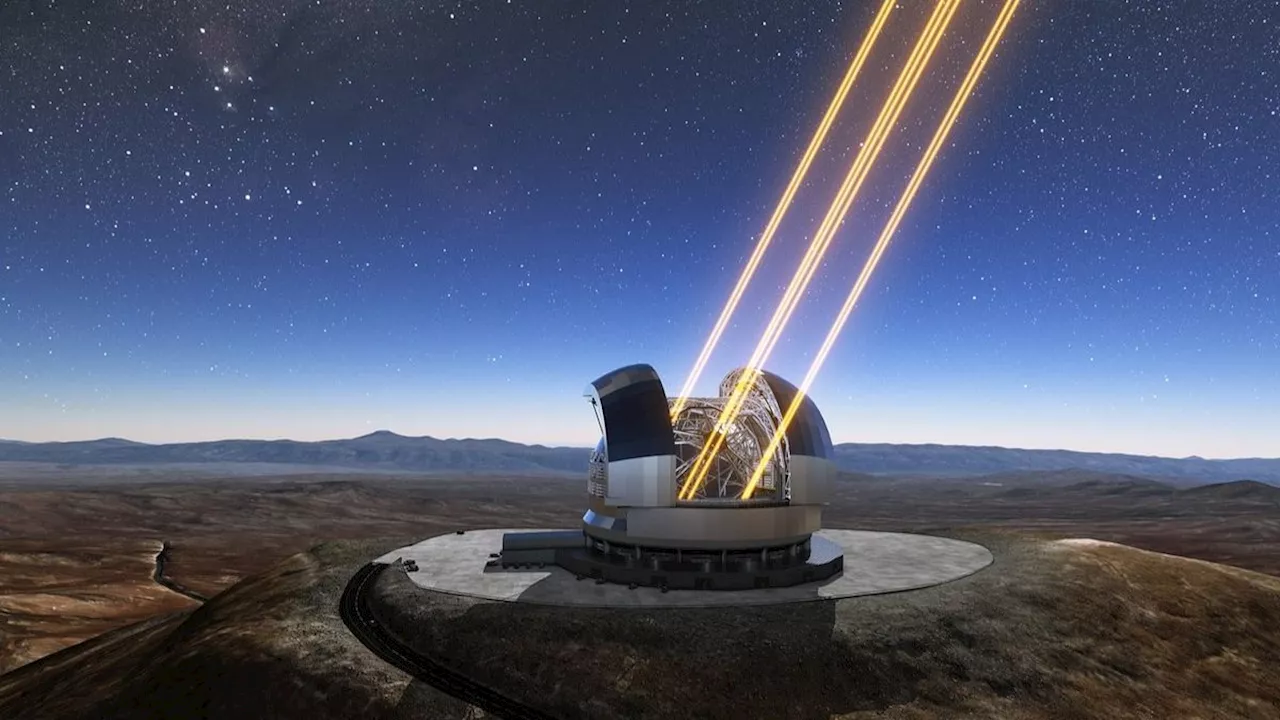Keith Cooper is a freelance science journalist and editor in the United Kingdom, and has a degree in physics and astrophysics from the University of Manchester.
The Extremely Large Telescope will be the world's largest optical telescope, with a primary mirror that measures 128 feet across. and will be capable of detecting — and possibly even imaging — terrestrial planets in the habitable zones of other stars., which is a mountaintop in Chile's Atacama Desert. The mountain is about 12 miles from the ESO's Very Large Telescope, which sits atop another Chilean mountain, Cerro Paranal.
Adaptive optics works by firing a laser into the sky to excite sodium atoms high up in the atmosphere, causing them to glow and create an artificial"star." Computers then monitor the scintillation of this artificial guide star, and thousands of actuators move a telescope's mirror by degrees of just nanometers, constantly changing the mirror's shape to account for the twinkling and cancel it out so the view becomes crystal clear. .
The ELT dome, still skeletal with scaffolding, under construction atop Cerro Armazones, with the full moon rising behind it. Black holes play a key role in the evolution of their host galaxies. As with star formation, the ELT will also study theOn the grandest scale, there is the cosmology of our seemingly dark universe — one dominated by dark matter and especially by dark energy — which may require new fundamental physics to explain them.
Stephane Udry et al, ‘Exoplanet Science with the European Extremely Large Telescope. The Case for Visible and Near-IR Spectroscopy at High Resolution' ,A. Marconi et al, ‘ANDES, the High Resolution Spectrograph for the ELT: Science Goals, Project Overview and Future Developments,' Hannah Jang-Condell et al, ‘Protoplanetary Disk Science Enabled by Extremely Large Telescopes', Bulletin of the AAS: Astro2020 Science White Papers, Vol 51, issue 3 ,Dieu D.
United States Latest News, United States Headlines
Similar News:You can also read news stories similar to this one that we have collected from other news sources.
 Extremely Large Telescope: World’s Largest Telescope Mirror Will Bring the Stars Closer to EarthScience, Space and Technology News 2024
Extremely Large Telescope: World’s Largest Telescope Mirror Will Bring the Stars Closer to EarthScience, Space and Technology News 2024
Read more »
 Scientists say a cave on the moon could be a good shelter for future missionsNASA's James Webb Space Telescope is the world's largest and most powerful space telescope.
Scientists say a cave on the moon could be a good shelter for future missionsNASA's James Webb Space Telescope is the world's largest and most powerful space telescope.
Read more »
 Scientists say a cave on the moon could be a good shelter for future missionsNASA's James Webb Space Telescope is the world's largest and most powerful space telescope.
Scientists say a cave on the moon could be a good shelter for future missionsNASA's James Webb Space Telescope is the world's largest and most powerful space telescope.
Read more »
 Scientists say a cave on the moon could be a good shelter for future missionsNASA's James Webb Space Telescope is the world's largest and most powerful space telescope.
Scientists say a cave on the moon could be a good shelter for future missionsNASA's James Webb Space Telescope is the world's largest and most powerful space telescope.
Read more »
 Scientists say a cave on the moon could be a good shelter for future missionsNASA's James Webb Space Telescope is the world's largest and most powerful space telescope.
Scientists say a cave on the moon could be a good shelter for future missionsNASA's James Webb Space Telescope is the world's largest and most powerful space telescope.
Read more »
 Scientists have confirmed a cave on the moon that could be used to shelter future explorersNASA's James Webb Space Telescope is the world's largest and most powerful space telescope.
Scientists have confirmed a cave on the moon that could be used to shelter future explorersNASA's James Webb Space Telescope is the world's largest and most powerful space telescope.
Read more »
